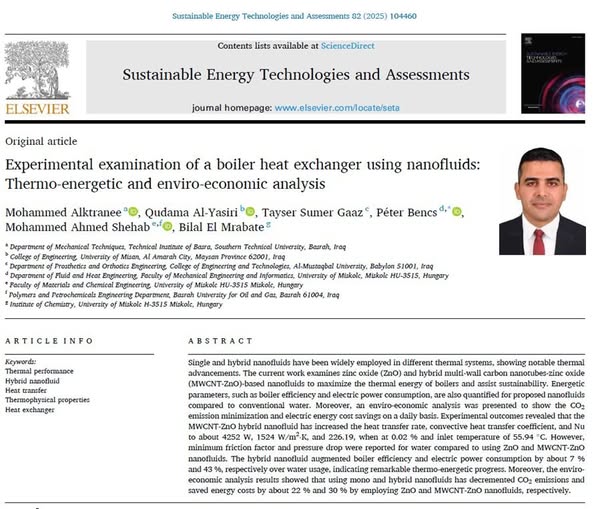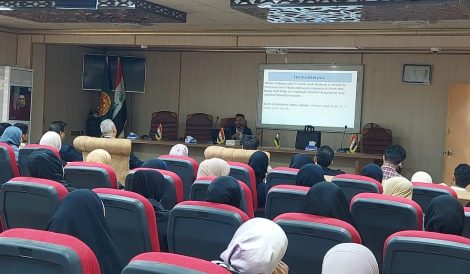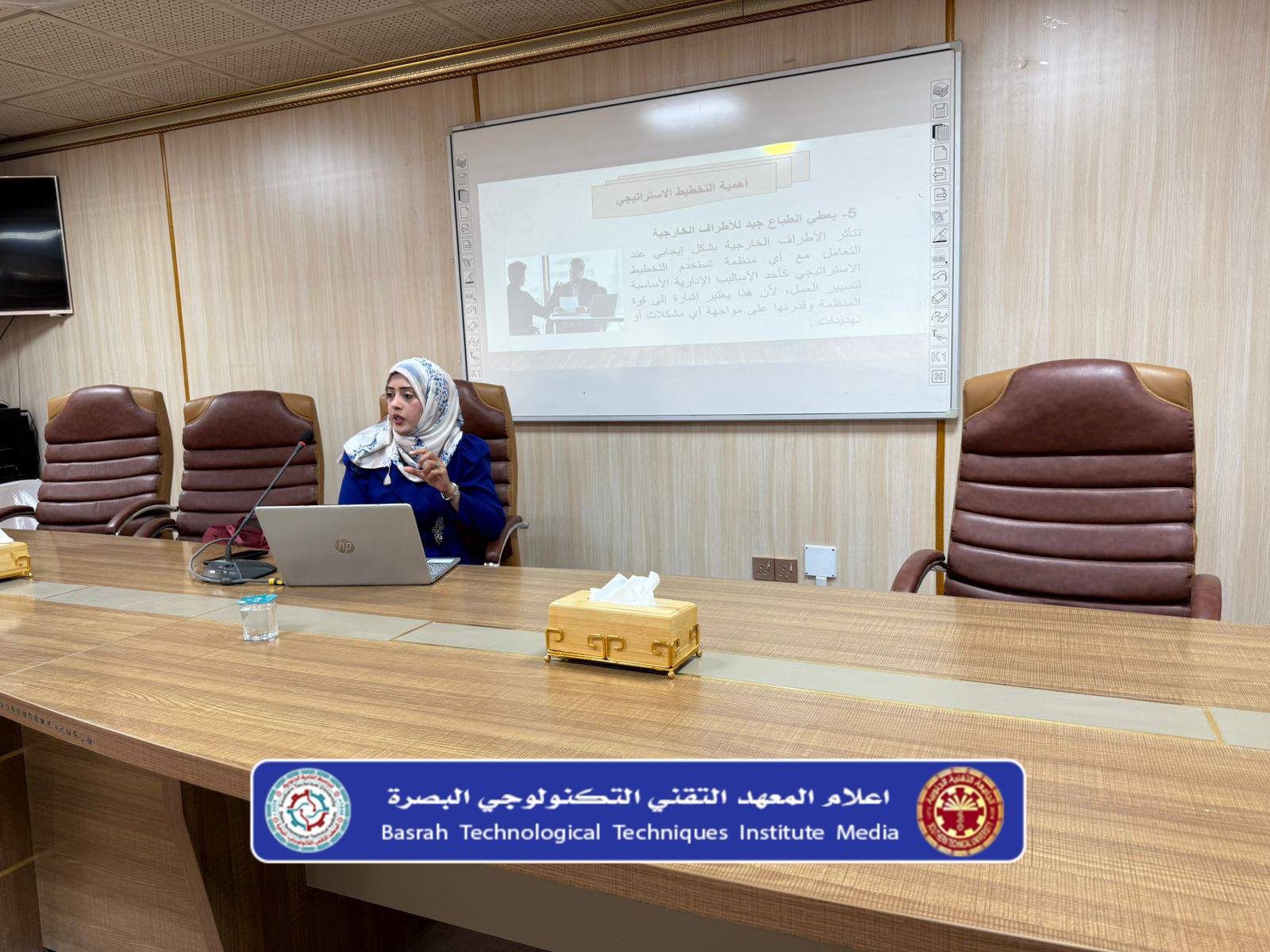A Faculty Member from the Department of Mechanical Technologies Publishes a Research Paper in a Prestigious International Journal
Faculty Member from the Department of Mechanical Technologies Publishes a Scientific Research Paper in a Prestigious International Journal
Dr. Mohammed Hameed Radi, a faculty member in the Production Branch of the Department of Mechanical Technologies, has published a collaborative research paper titled:
“Experimental examination of a boiler heat exchanger using nanofluids: Thermo-energetic and enviro-economic analysis”
The paper appeared in a peer-reviewed scientific journal published by the renowned publishing house Elsevier. The journal is indexed in Scopus and Clarivate databases, with a high Impact Factor of 7 and a CiteScore of 17.3, and is ranked in the first quartile (Q1).
The study focused on utilizing single and hybrid nanofluids to enhance the thermal energy efficiency of boilers, while promoting environmental and economic sustainability. It included a comprehensive assessment of thermal performance indicators such as boiler efficiency and electrical energy consumption when using nanofluids compared to conventional water.
Experimental results revealed that using the hybrid nanofluid MWCNT-ZnO led to a significant improvement in heat transfer rate and convective heat transfer coefficient, achieving the following values:
-
Heat Transfer Rate: 4252 W
-
Heat Transfer Coefficient: 1524 W/m²·K
-
Nusselt Number (Nu): 226.19
These values were obtained at a concentration of 0.02% and an inlet temperature of 55.94°C.
While conventional water showed lower friction factor and pressure drop, the hybrid nanofluid contributed to a 7% increase in boiler efficiency and a 43% reduction in electrical energy consumption, reflecting a notable enhancement in thermal performance.
From an environmental and economic perspective, the study demonstrated that using nanofluids resulted in a reduction of CO₂ emissions by 22% and 30%, and comparable daily energy cost savings, when using ZnO and MWCNT-ZnO fluids, respectively.



